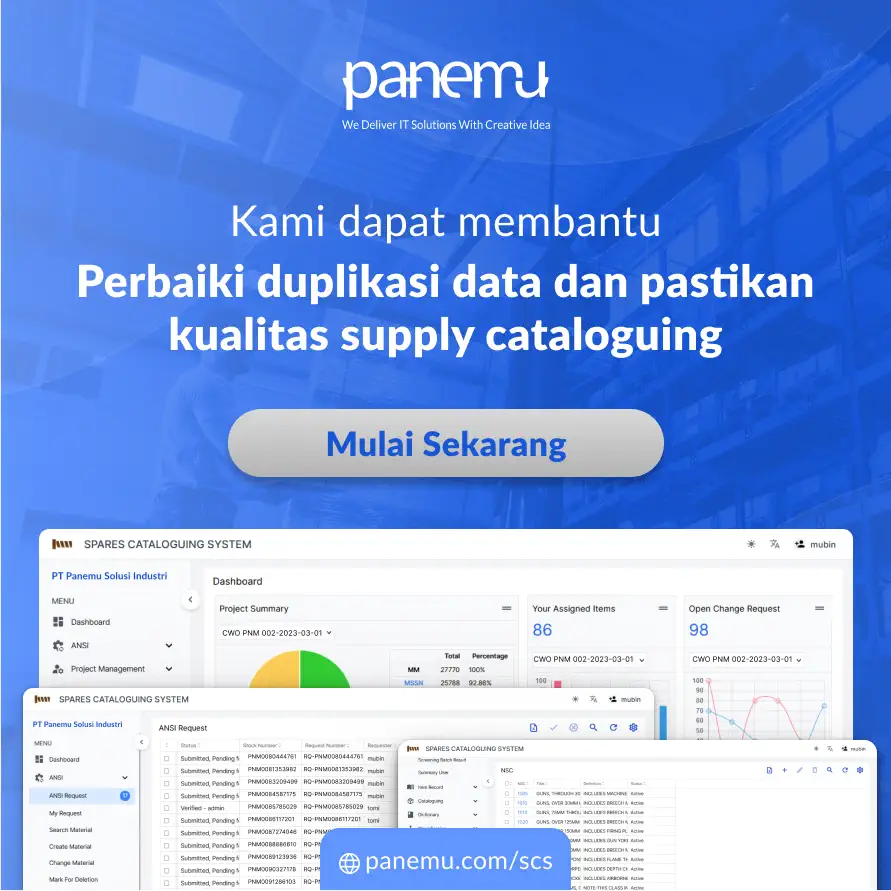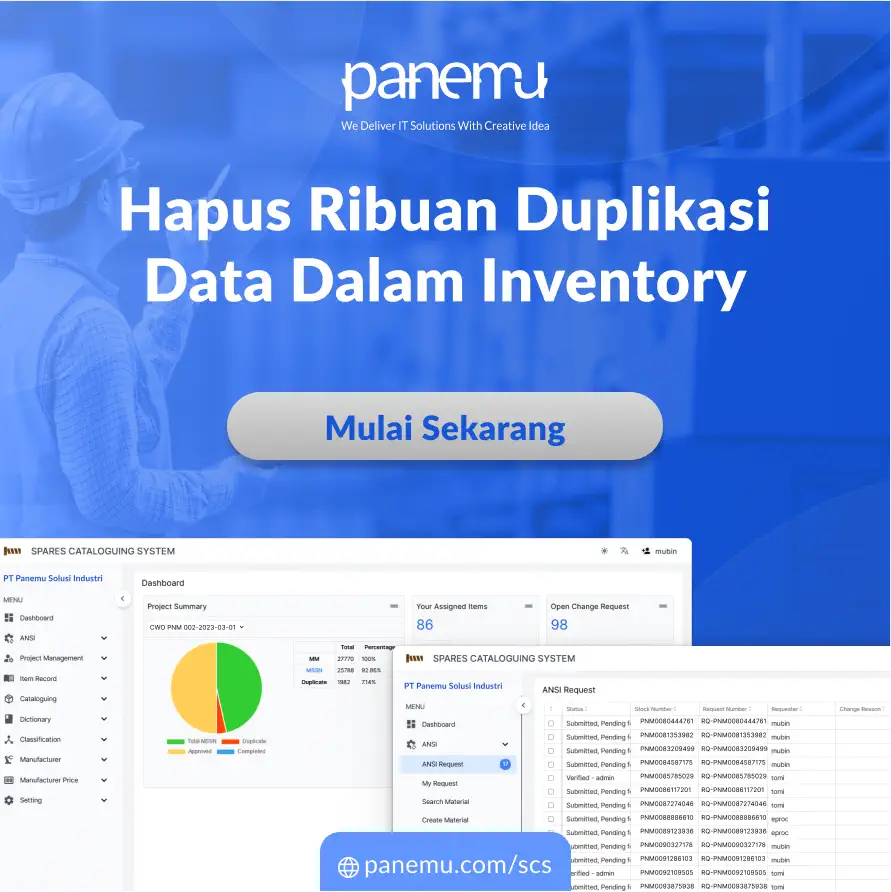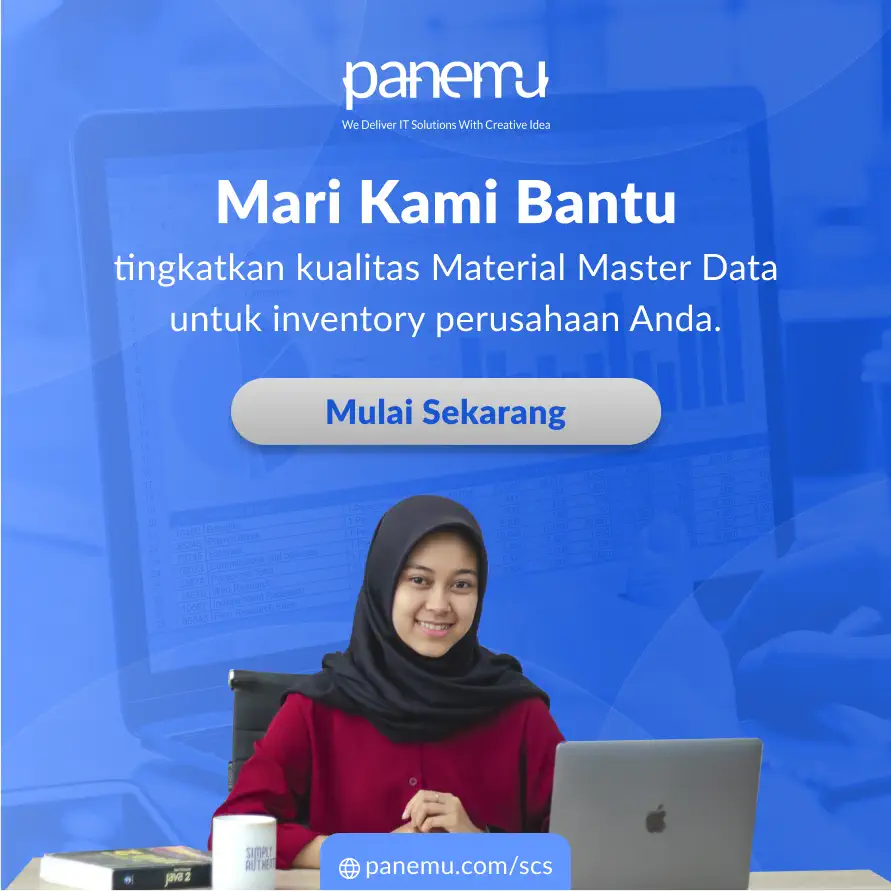Cataloguing, the systematic organization of goods data, plays a pivotal role in facilitating effective management within a company. This process involves the collection, storage, and presentation of data through classification and coding according to established standards. By adhering to these standards, materials can be efficiently utilized to meet the company's requirements, enhancing operational efficiency.
Significance of Effective Cataloguing
Effective cataloguing is instrumental in overcoming various challenges associated with material management, including material duplication, inflated inventory values, heightened operational costs, and accumulation of deadstock materials. By implementing robust cataloguing practices, these obstacles can be mitigated, ensuring streamlined operations and optimal resource utilization.
Screening for Duplication
Among the critical tasks in cataloguing is the screening for duplication. Duplicated items not only inflate inventory values but also escalate operational costs. The screening process is crucial in identifying and addressing duplicate entries effectively.
Challenges in Duplication Screening
The screening process, based on NATO common material master standards, presents challenges due to manufacturers and suppliers' incentives to present their products as unique. Additionally, national NATO Codification Bureaus (NCB) may prioritize representing their domestic manufacturers and suppliers, leading to potential duplicate descriptions that evade detection.
Screening Process Determinations
The screening process yields four determinations:
- Exact Match: Occurs when the reference matches an existing entry in the database, indicating identical manufacturer and part numbers.
- Potential Match: Indicates a reference that matches an existing entry but may not be a preferred or alternate source reference.
- No Manufacturer and/or Part Number: Denotes a condition where the new item lacks manufacturer and/or part number information, impeding the screening process.
- No Match: Indicates no corresponding entry found in the database.
- Duplicate Resolution
Addressing duplicates involves a straightforward resolution process during new material creation, wherein the new item's reference is added to the existing entry. Challenges arise when screening existing master data, necessitating the selection of a surviving record when potential duplicates are identified.
Best Practices in Duplicate Resolution
Adhering to ISO 800-120 recommended formats, integrating internal references such as material IDs or stock numbers facilitates efficient identification and merging of duplicate entries. This ensures seamless data management and minimizes the risk of redundant entries.
Conclusion
Effective cataloguing, coupled with rigorous screening for duplication and efficient resolution processes, is paramount for optimizing material management within a company. By implementing standardized practices and leveraging advanced features, companies can enhance operational efficiency and maximize resource utilization across the enterprise.
If you want to try our Duplicates Screaning Features, fell free to click banner below :


